Our trips are designed by runners for runners. We get that the goal is always to move quickly and efficiently over the terrain, but running can mean a lot of things. On trails with big elevation and big distances running can be a total misnomer when in fact, most runners are hiking the uphills and jogging the flats and downhill sections. Runners come in all shapes, sizes, and speeds, and we each have strong days and slow days. So how does Aspire account for such a diversity in terrain and ability, while keeping runners safe and stoked on backcountry trails?
Of all the questions I get asked about our trips, the most common is about pacing. People want to know how fast are people running. It’s a fair question, and ultimately one that deserves some explaining about how we orient our trips as wilderness focused and ego-free running experiences.
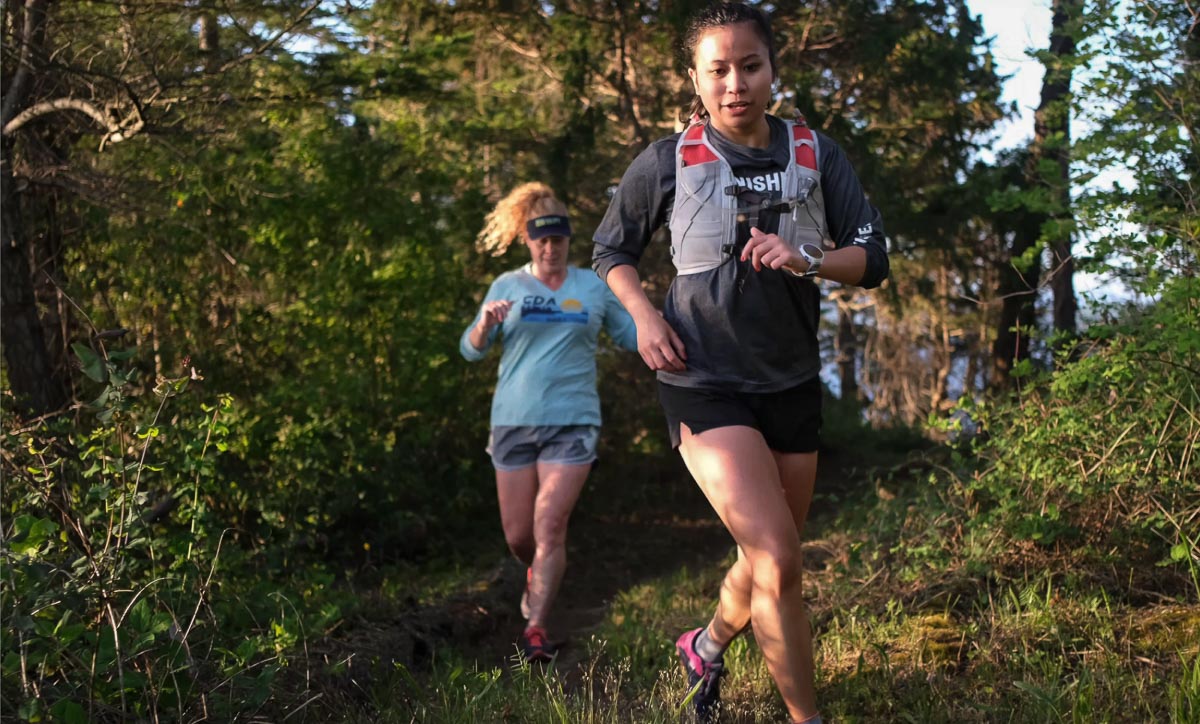
When runners ask me about speed, they’re trying to gauge where they’ll fit into the pace of the group. Most runners tend to see themselves in the mid-to-back of the pack. Many are quick to assume that they’ll be the slow one in the group holding everyone else up. On the flip side, runners who spend more time in the front of the pack understand that a group run can involve waiting for others, which is not really a fair position when tackling a big running objective. So how does Aspire reconcile this dilemma?
Most concerns about pacing stem from the assumption that Aspire trips are “group runs” and as such everyone will be expected to stick together. This is NOT how we operate our trips. Runners come in all shapes, sizes, and speeds and wherever they fall- front, mid, or back of the pack, they are free to travel as fast or slow as the trail and their fitness dictates. This freedom appeals to strong runners with a lot of racing or backcountry experience and to slower and/or less experienced runners who are learning to be more comfortable in remote terrain and don’t want to hold anyone up.
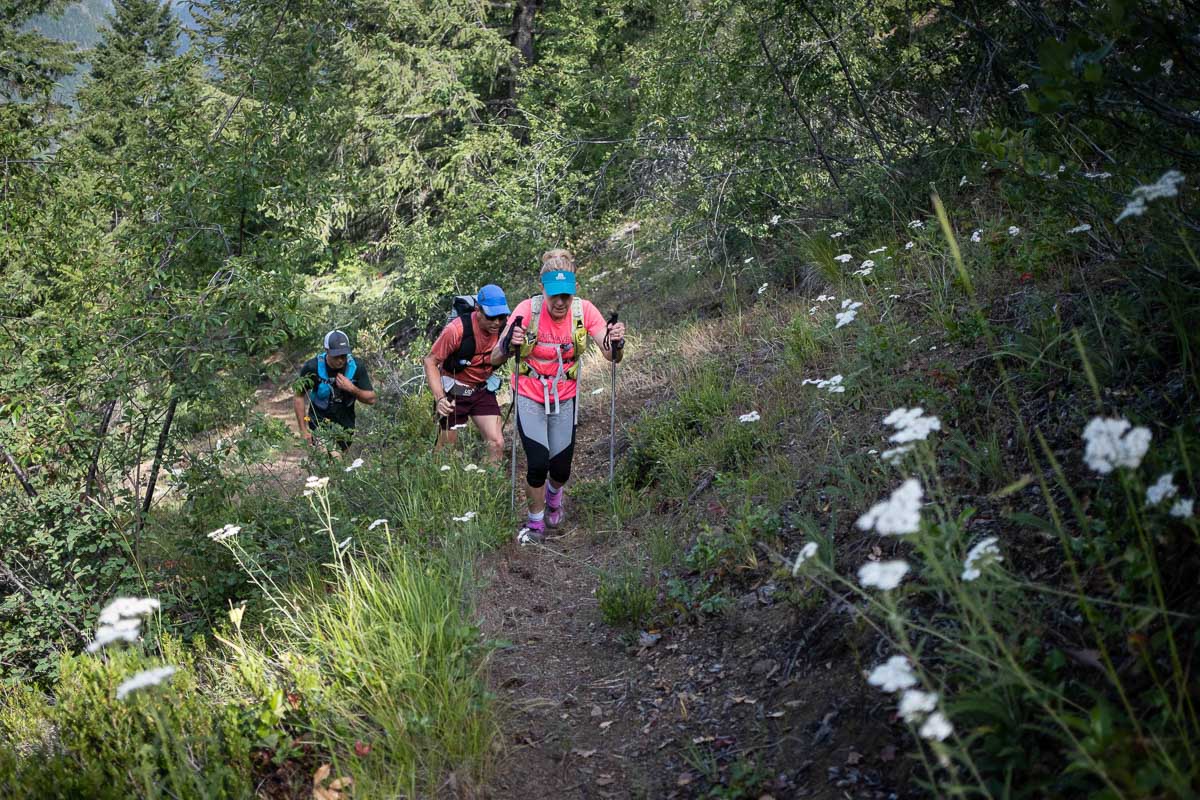
To account for this diversity of experience we use a simple and effective “Safety Sandwich” model for all our trips. The Safety Sandwich is comprised of three Aspire crew operating in specific roles: Sweep, Super, and Camp. A Sweep is always at the rear of any run. The Super begins from the “finish” and runs the day’s trail in reverse. And the Camp staff is waiting at a well stocked basecamp/ finish to welcome, feed, and celebrate with runners. All three staff are experienced runners, trained in wilderness first aid, carry satellite communication technology, and are trained on safety and emergency protocols in the event of an incident or injury.
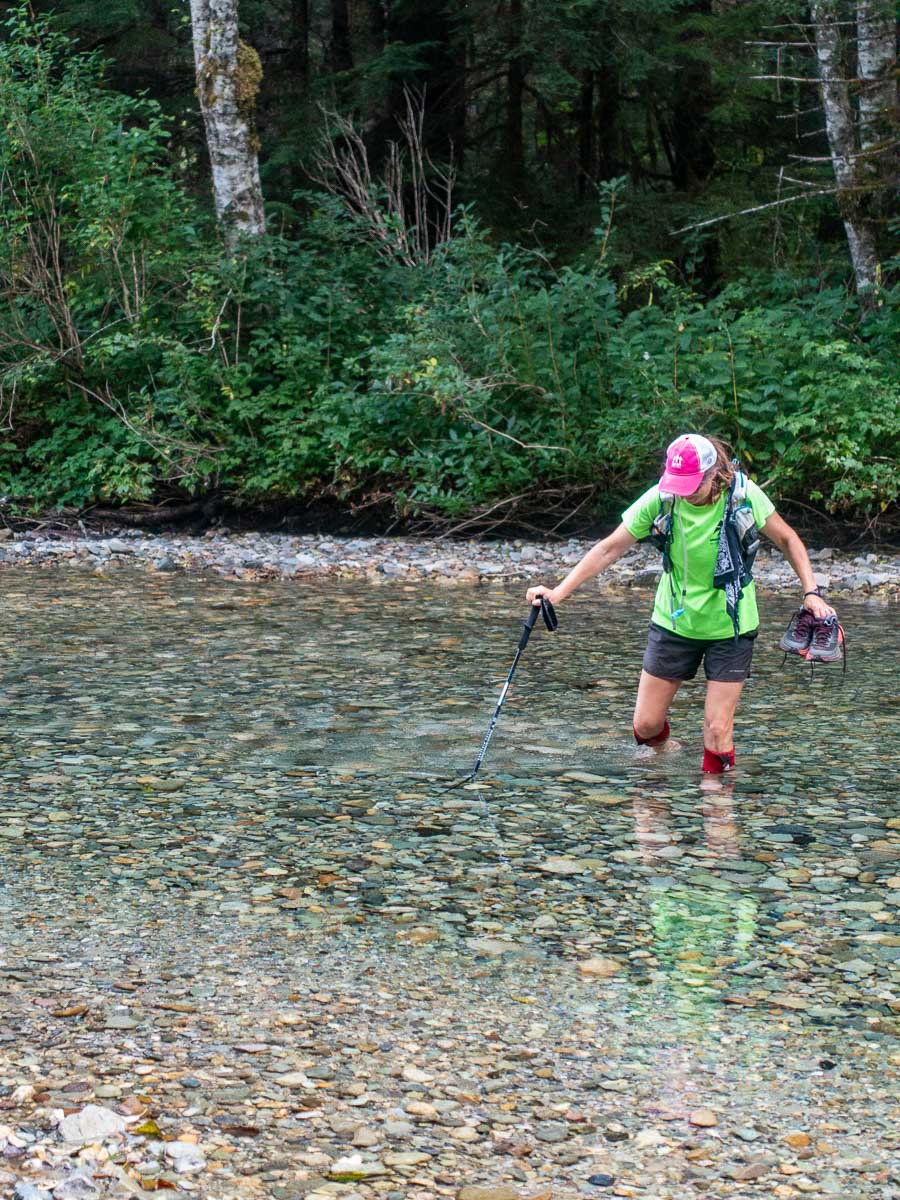
Each day of running follows a similar template. After a hearty breakfast the groups starts their run. Runners may stick together initially, but within a few miles or less runners are spreading out over the climbs and trail. It’s common for runners to fall into small groups or pairs, but this happens organically. The Sweep follows behind the last runners. While folks are out on the trail, the Super and the Camp staff break camp, pack, load, and move all group gear to that day’s finish. Here they set up camp and prepare to receive runners. Once this post-run basecamp scene is dialed, the Super heads out of camp running towards the approaching group. Typically, the Super encounters runners late in the day, and the interaction with each runner is a chance to address any blisters, nutrition needs, and provide a psychological boost at the end of a long day. The Super continues to run until they’ve checked in with every runner and met up with the Sweep. At this point all runners and staff are closing in on the finish and a waiting dinner, drinks, and hot showers.
Given that many runners come from a racing background, they gravitate towards fitness as the main qualification for out trips. However, wilderness savvy is also critical. Because we aren’t keeping our groups together, we expect runners to navigate backcountry trails, ford rivers, cross snow fields, filter water, poop in the woods, and be responsible backcountry users. For some this is a new set of skills and for others this is simply part of their mountain running lexicon. Wherever runners find themselves on the spectrum of wilderness experience there are benefits from a supported style of backcountry running. Those most familiar with the complexity of logistics and preparation for backcountry trips will appreciate the local knowledge and logistical work we do for each trip. Those new to backcountry running will benefit from having experienced crew to teach these skills and provide a safety net as they begin exploring backcountry trails. Everyone can appreciate the post-run feasts and fireside festivities.
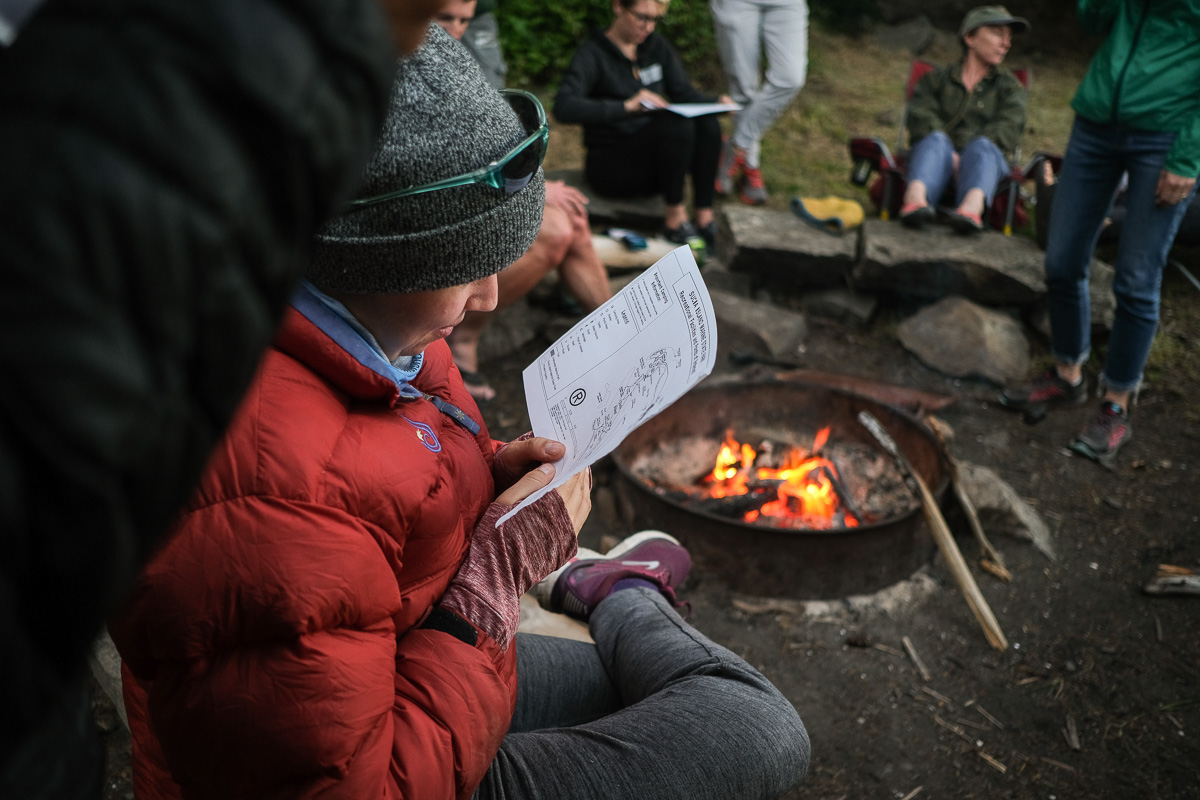
Aspire offers a variety of courses both in terms of location, duration, and difficulty. An honest evaluation of one’s ability, training, and experience and matching that to the right trip is key. To help runners do that, we provide maps, elevation profiles, and summary trail descriptions that include daily and overall mileage, elevation gain/loss, and the literary info for each trip. When selecting a trip, it’s important to remember that these courses are not races. We don’t run a clock or have cutoffs. We encourage runners to take time to swim in alpine lakes, savor the views, gawk at the wildlife, and connect with the landscape. Runners have all day to complete each day’s run and finish times vary greatly. We invite runners to play their edges, but not to get in too far over their heads.
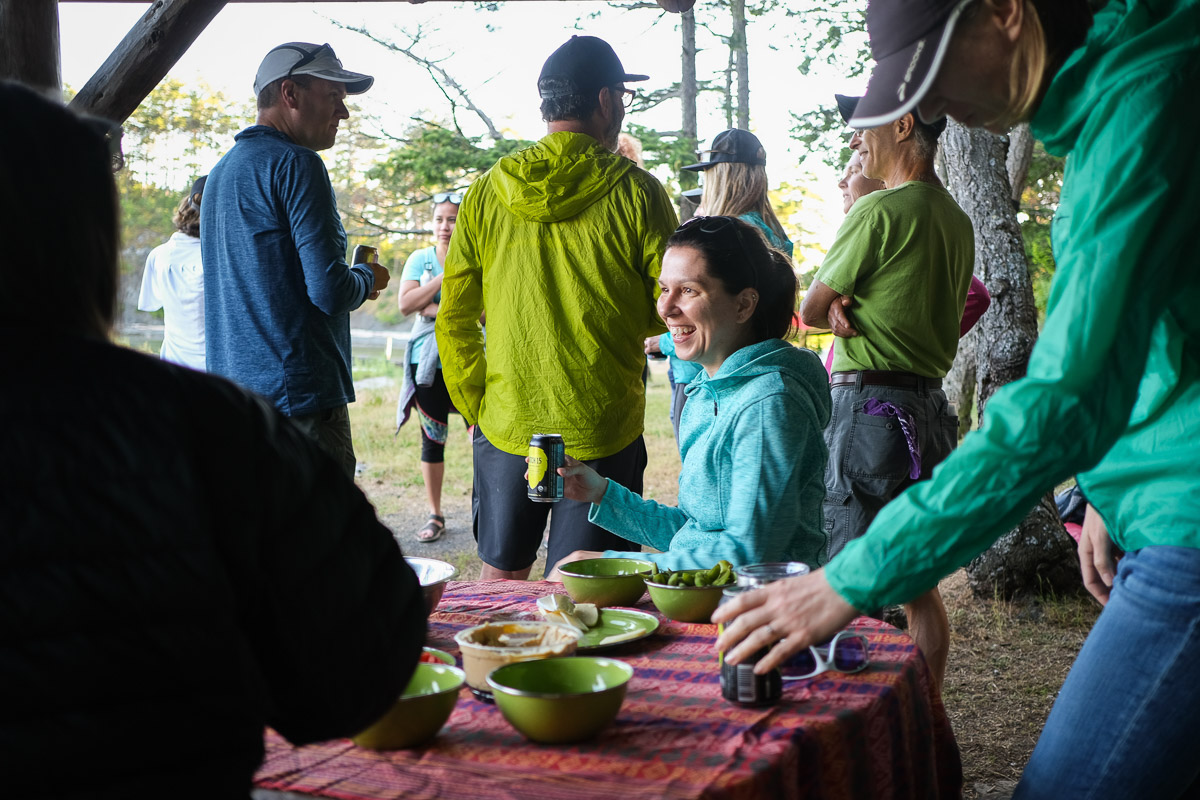
The Safety Sandwich has proven to be an incredibly effective model to account for a wide range of terrain and abilities. We’ve applied the Sandwich to the Wonderland Trail, The Lost Coast Trail, The North Cascade Traverse, and many other incredible locations. It’s vital to keeping our runners safe and creating a culture where finish times aren’t the focus and everyone’s run is a success. At the end of each day, gathered around the fire, no one is talking about their pace. They are too busy celebrating the trail, the views, and connecting in deep and soul-satisfying ways.
